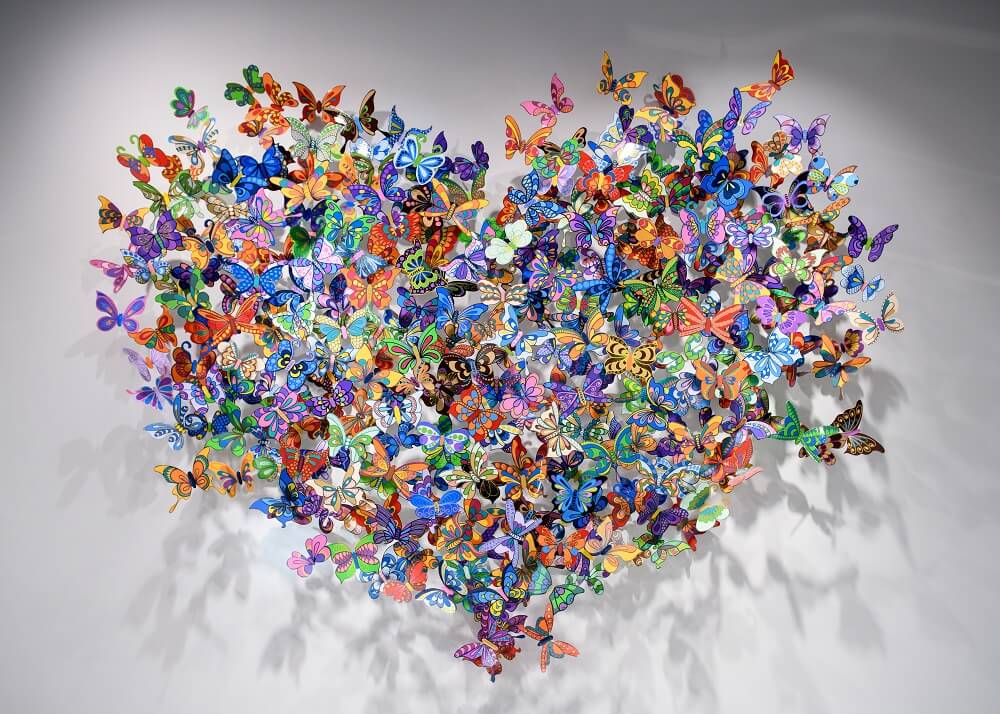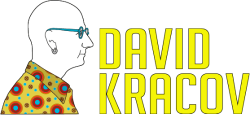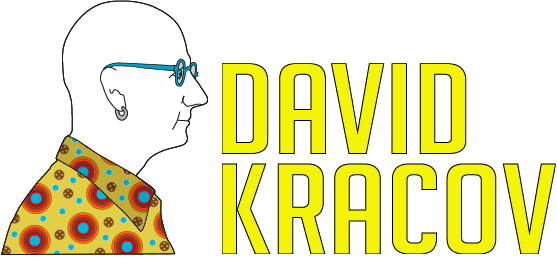Art Investment
Art investment is a new art trend in the art market that is picking up speed, but it is not fully understood. It’s a term that refers to an investment in art that includes both tangible objects made of art materials and intangible assets that are tied to the art, such as artwork sales.

Is art a good investment?
Art is a wonderful investment, but it can be tough to figure out which pieces are undervalued and which are overvalued. On the one hand, you’re looking for works that will appreciate in value over time. On the other hand, you want to get great pieces at bargains. With any art investment like a papercuts collection, the art buyer’s job is to determine what type of market exists for the particular piece they’re interested in and what kind of price they should pay.

There are dozens of places where you can buy art for investment, online stores, galleries, auction houses, and of course, your local art school. But what are the main advantages to buying art online compared to other ways? The obvious advantage is that you can buy art at any time, not just during the three months of the year when the auctions are held. One of the big disadvantages of buying art online, however, is that it’s hard to find reliable information about the art you’re buying online.
Does art appreciate in value?
The question is: what makes art appreciated in value? That’s a tricky question to answer since there are so many factors that affect art’s value. Some of these include new and different work, the time and place of its creation, physical condition, and of course, the artist. And while all this may seem like a lot to consider, it’s the reason we invest in art.
The art market is full of ups and downs. If an artist suddenly becomes famous, their work can suddenly become more valuable. But what happens if they suddenly stop producing new work? Or if the market suddenly dries up? Art is not like stocks or bonds, where if you hold one form of investment for a long time, it will eventually return a handsome profit. Instead, the market is constantly changing, driven by culture, technology, and fashion.

Is investing in art a good idea?
The art world can be a complex and inscrutable place. You see a piece of art or and you wonder if the artist is famous, if it’s worth thousands of dollars, if it’s a cool art sculpture, and if you can buy it off the street. It’s tough to navigate the art world when you’re new to it, and there’s no shortage of art investment blogs and advisers promising to sort you out and teach you how to choose the perfect art investments. Unfortunately, most of these sites are written by art investors themselves, and it’s very difficult to tell if they’re being genuine or not.
We all know classic works of art often sell for huge sums of money. But should you invest in them? To help you understand your options, here are six questions to ask yourself before you buy:
- What is the price of the piece?
- What will it cost to store?
- How much will it cost to ship?
- What will the fine print say?
- How much can you afford to lose?
- Is what you’re buying something that you want to own in the long term?
With these guide questions, you are sure that you will have a successful art investment.
Is fine art a good investment?
Fine art has long been a popular way to invest in art, but the reality is it’s not the best way. The reason: Fine art is very different from other types of art, and there is significant debate about the long-term value of this investment.

An investment in fine art is an investment in the future. Historically, fine art has always been a safe investment because there is always the chance of appreciating in value. The investment of fine art is technically risk-free because it is not tangible, and therefore does not have to be insured. This does not mean that art is risk-free. If you are looking for a steady return on your investment, art is not the way to go. This is not to say that you can’t make money on art, but it’s certainly not the only way to do it.
Is it worth buying original art?
Art investments can be a profitable way to collect and sell art. The reason for this is that there is still a lot of money available in the current art market, as well as a lot of people willing to pay what could be considered a good price for art.
When you buy art, you buy a piece of history, and you pay for it as if it were a piece of real estate, without the tax liability. For this reason, if you are extremely careful about your buying, buying art can be a good investment opportunity, true. So, make your worthwhile purchase piece such as one from the free-standing sculptures collection by getting only from legit stores.

How do I start investing in art?
When it comes to investing in art, there’s a lot of confusion about how it works and how to get started. You can spend a fortune buying the most expensive artwork in the world, but is it wise to do so? Or is investing in art an easy way to make money?
Art investing is nothing new to the art world. Artists like David Kracov have been selling their work for generations, but it’s only recently that the internet has made it much easier to benefit from the work of others. It used to take days or weeks just to place an order for a work of art, but now you can buy via the internet, pay extra to have it shipped, and just wait for it to arrive.
There’s a lot of advice out there about how to invest in art, and some of it isn’t exactly accurate. There’s no reason why you can’t start investing in art by browsing art on the internet and buying some prints and paintings, but you should be aware that many of them are cheaply produced and only made of paper, and that they won’t appreciate in value. That’s why it’s better to use an NFT platform like Masterworks instead of investing directly in art.
SELECTED ARTWORKS

I'd like to receive future updates and newsletters
I'd like to receive future updates and newsletters




